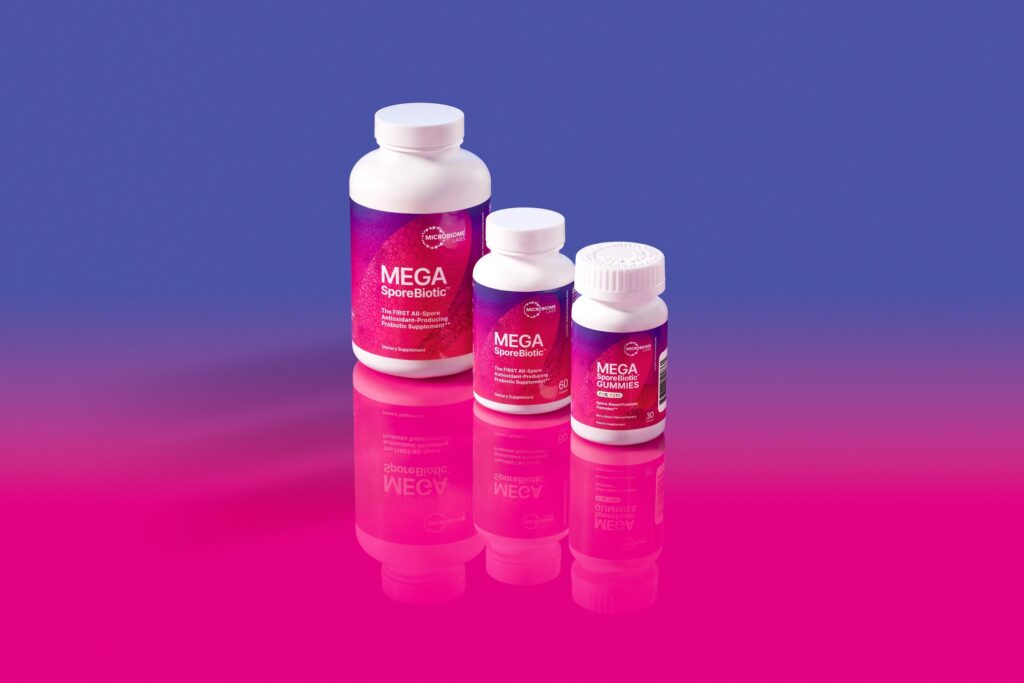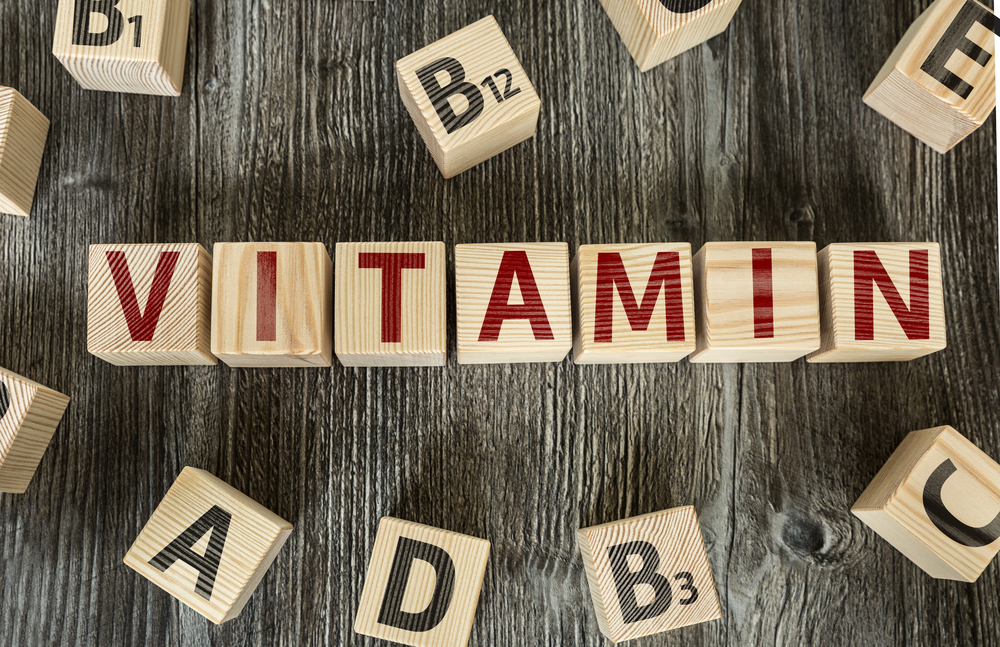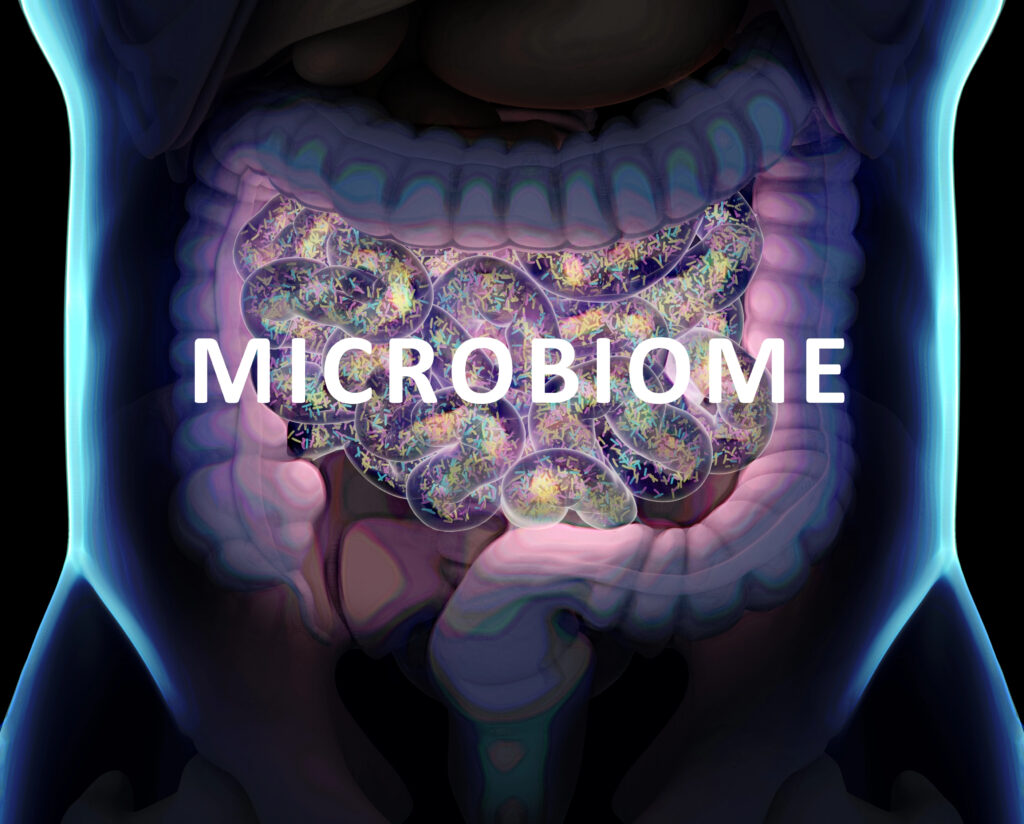Doing a detox is all the rage right now, but how do you know if your detox is truly effective? You may feel cleaner and lighter, but is your liver really functioning better? That is the real goal of a detox program. The liver is the body’s main detoxifying organ. While toxins exit the body through the bowel and the kidneys, the liver is actually performing the work of detoxification. Toxins enter the liver through the bloodstream, are broken down in two phases, and are then released in bile into the digestive system or are filtered from the blood through the kidneys. Autoimmune disease, cancers, allergies, heart disease, and many other diseases are now being linked to toxic load. Periodic detoxing is a great way to stay ahead of the toxic burden we face every day.
There are currently 85,000 chemicals in use worldwide and less than half of these have been tested for human safety. One study showed that newborn minority babies have more than 200 chemicals in their umbilical cords at birth. (1) Exposure of infants and young children is of great concern as their young systems often cannot keep up with the toxic burden presented by the environment. I would conjecture that the huge rise in autism, ADD, ADHD, and other childhood diseases is directly related to environmental exposures. Pesticide use has risen substantially over the last 10 years despite claims that genetically modified foods would reduce the need for them. One billion pounds of pesticides are used in the U.S. each year and 5.6 billion pounds are used worldwide. It is estimated that 25 million agricultural workers experience pesticide poisoning each year. The USDA estimates that 50 million Americans get drinking water from groundwater contaminated with pesticides. Chemicals are a real and growing threat to our health.(2)
One way to reduce the threat of toxic burden is to periodically detox. But a real detox isn’t just your average juice cleanse. While cleaning up your diet is great for the digestive system and ultimately overall health, neither of these really does the full job of cleaning out the body. Here is what is needed for a complete detox and what forms of detox programs will “get you there”:
1) Phase I detoxification is performed by 100 enzymes known as cytochrome P450. In this stage, toxins are converted by the liver into intermediate forms. Free radicals are naturally produced in this phase, so antioxidants are very important to neutralize them. Vitamins B2 & B3, magnesium, iron, and indoles from cruciferous vegetables are also crucial to this phase. Some of the intermediate forms of the toxins produced are more dangerous than the original toxin, so it is crucial that Phase II is carried out and the job is finished.
2) In Phase II, the intermediate forms are converted to water-soluble forms by a number of methods. The water-soluble form is then excreted either in bile through the digestive system, or through the kidneys. Glutathione or NAC and the amino acids glycine, cysteine, glutamine, methionine, and taurine are necessary for Phase II. Fiber binds toxins carried in the bile, so is CRUCIAL to making sure that toxins leave the system. Lots of water will also assist the release of water-soluble forms through the kidneys.
3) Heavy metals must be chelated to be removed from the system. Contamination by mercury, cadmium, and lead is now commonplace. Some detox products have nutrients that remove heavy metals and others do not.
Below is a review of the types of detoxification programs out there and the potential pitfalls of each:
- Following a specific diet plan—Healthy diet plans that eliminate “heavy” foods and those that are typical allergens can go a long way toward reducing inflammation in the body and getting the digestive system working properly. These diets generally eliminate red meats, dairy, nuts, soy, wheat and gluten, and focus on whole foods and lots of fruits and vegetables. These programs are usually great for the body overall and can provide the antioxidants and nutrients needed for Phase I detoxification. They often are short on the protein needed for Phase II detoxification and do not provide extra nutrients to get the liver functioning better. They may or may not have nutrients to accomplish heavy metal detox.
- Juice cleanses– Cleansing with juice is very popular right now. Fresh-pressed juices provide excellent nutrition and antioxidants for Phase I detoxification. Because juices are low in protein you will not likely get the amino acids necessary to adequately perform Phase II. As mentioned above this can be dangerous since the intermediate forms of toxins produced by Phase I are more harmful than the original toxins. They also fall short in providing the fiber necessary to make sure toxins exit the digestive system. Those with weight or blood sugar issues should avoid cleansing in this way since the sugars are concentrated in juices, and the fibers are lessened. If you are a healthy person and have a healthy weight, a 2-3 day juice cleanse may be a good rest for the digestive system and will provide good nutrition, but is not a true detox.
- Herbal detox programs– These combine a variety of herbs targeted at the many channels of elimination, the liver, the kidneys, the bowel, the lungs, the blood, the skin and the lymph. Most have milk thistle and dandelion, two premier herbs for the liver. If done with a healthy diet and adequate fiber and water, these programs can do a very good job of detoxing the body. If you are on prescription drugs, you need to be aware of any interactions with herbs. For this reason, we don’t recommend herbal cleanses for those on more than one prescription drug. The chance for negative interactions is too great.
- Clinically studied detox programs—Several professional lines offer detox programs that consist of a medical food (shake) that contains specific nutrients for Phase I & II detoxification, a quality source of protein, and nutrients for metal detox. They are partnered with diets that eliminate potential allergens and heavy foods, contain significant fiber, and focus on fruits and vegetables that contain specific nutrients that assist the detoxification process in the liver. These are the most complete programs, as well as the safest. They ensure that inflammation is lessened in the body, that the functioning of the digestive system is improved, and that heavy metals are removed from the body. You will feel cleaner, lighter, have more energy, improve your mood, and notice a better quality to your skin. In addition and more importantly, you will have reduced your toxic load and enhanced your liver’s ability to process toxins.
In summary, detoxification is not the same thing as “eating clean”. Specific nutrients are needed for Phase I and II detoxification. Antioxidants are very important to neutralizing the free radicals produced by Phase I. Phase II is driven by adequate protein & other nutrients, and fiber is crucial to the elimination of processed toxins that go through the digestive system. While a one or two day cleanse that doesn’t take these factors into account isn’t likely to harm you, it also will not likely get the liver functioning better. Since better liver function is the key to the body’s proper detoxification, improving it should be the main goal of any detox program. If you are interested in learning more and doing a detox in the New Year, please sign up for our program on Thursday, January 21st, see link below:
(1)http://www.ewg.org/research/body-burden-pollution-newborns



